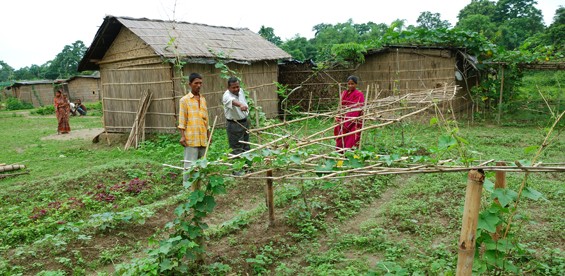
By: Dr. S.B. Lokesh, Landesa India state director of Karnataka
Karnataka, India–It is a little known fact that the best predictor of poverty in my country is not low caste or illiteracy. The best predictor of poverty is in fact landlessness.
Across India landlessness is a huge problem. There are more than 17 million rural families who have no land. They are day laborers, migrant workers, tenant farmers, or squatters, who don’t have legal control over the land on which they depend for their survival. For these families, hard work doesn’t mean fuller bellies. They labor in the fields, often with their children by their side, for pennies a day. They eat when there is work and go hungry when there is none. They are without any security and without any opportunity to better their lives.
And so, it is little surprise that a recent study across India found that 42 percent of all children under five were malnourished.
But a new video, spotlighting the connection between nutrition and land ownership, gives me hope for what is possible for poor families when they have land.
The video illuminates quite clearly and powerfully, with testimony from families who were once landless and food insecure, how land ownership transformed their lives. With a plot of land, even as small as a tennis court, they can now grow their own food and use any income from selling excess harvests to supplement their income and afford better nutrition for the household.
A variety of state governments across India, from Karnataka, where I live and work, to Odisha, West Bengal, and Andra Pradesh recognize the key role land ownership plays in solving some of the most stubborn problems associated with poverty: from nutrition and education, to peace and security.
These governments have, in partnership with Landesa, an international development organization, partnered to develop and support a variety of innovative programs to help give India’s poorest – the landless – secure rights to land and the opportunity to feed their families.
In West Bengal and Karnataka, for example, formerly landless families have been granted ownership to a small plot of land.
Using the families most abundant resource, labor, the families invest in the land and eventually can grow most of the fruits and vegetables they need on these small plots.
For the first time, these families have the opportunity and incentive to plan for a better future.
Millions of India’s poor are, through these new programs, becoming market vendors, filling their children’s bellies with nourishment and their children’s futures with promise.
